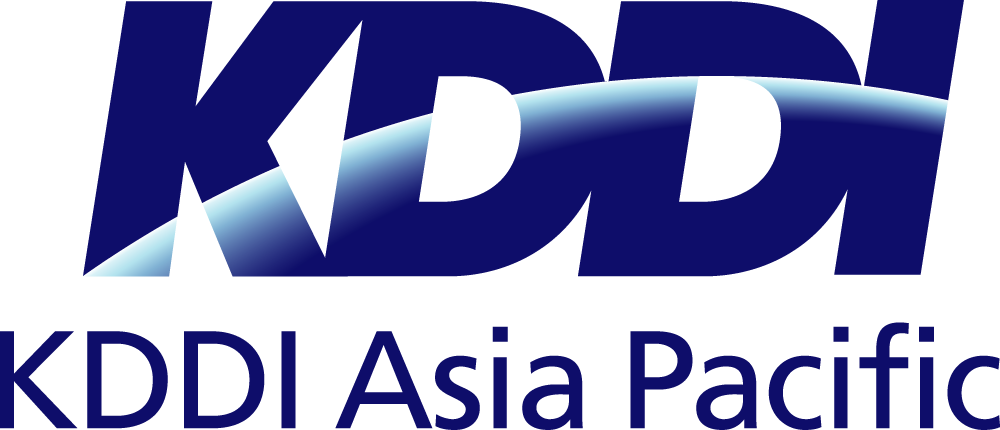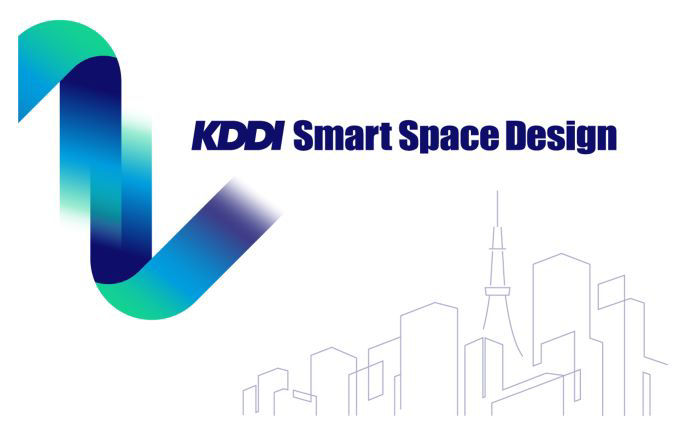Following the COVID-19 pandemic, telework, which is not bound by the location of work, has become established in many companies. More recently, attention has been focused on the concept of the activity-based workplace in pursuit of a yet more comfortable working environment.
ABW is a highly flexible activity-based working model, which is expected to lead to increased employee satisfaction, productivity, and creativity. This article explains the concept of ABW, the reasons for its growing attention, its difference from free addressing, activity-based working benefits and necessary initiatives for implementing ABW at overseas locations.
































